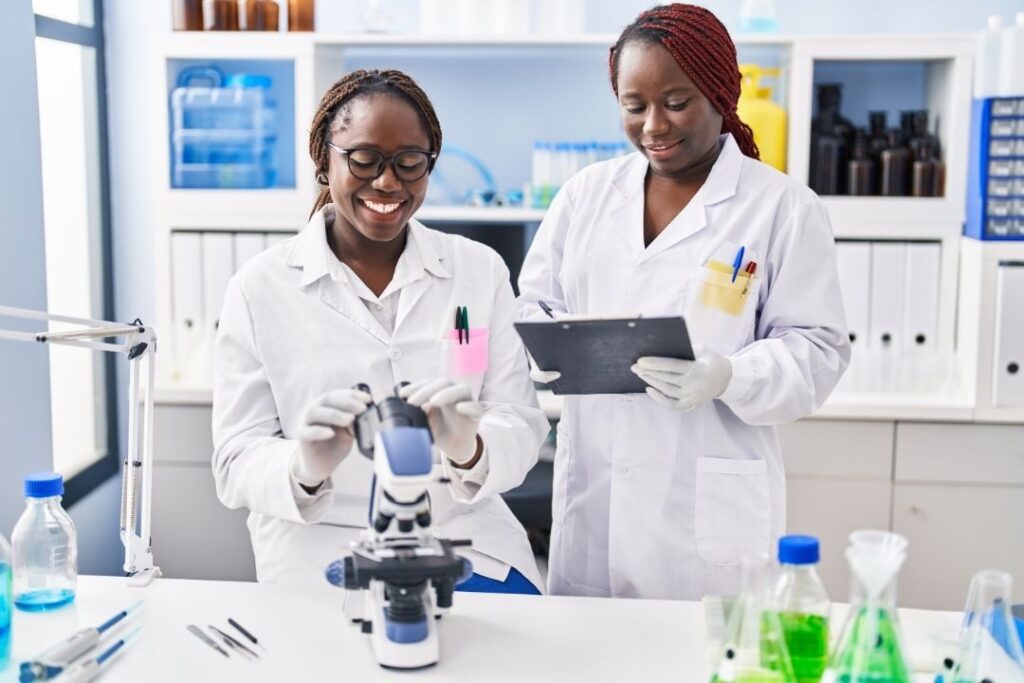
As a laboratory professional, you understand the importance of having properly functioning equipment that provides accurate and efficient results.
Creating an effective strategy for troubleshooting common issues in lab equipment can make the difference between a successful day and wasted hours. This guide will help you identify problems and implement preventative measures to ensure the smooth operation of your lab equipment.
Identify the Issue at Hand
The first step in troubleshooting is familiarizing yourself with the equipment and its functions. Once you have a solid understanding of the device, you can begin to identify the present issue. Observe any unusual sounds or displays, as these are warning signs you shouldn’t ignore. Once you identify the issue causing your downtime, you can begin to take action.
Explore Possible Causes
Next, explore possible causes for the problem. Start by consulting the user’s manual, seeking guidance from experienced colleagues, or researching online forums dedicated to your specific piece of equipment. Keep in mind that issues can stem from several factors, including improper usage, regular wear and tear, or even environmental factors.
Follow the Process of Elimination
The process of elimination is an excellent method for isolating the root cause of the issue. Begin by ruling out the most obvious reasons for the malfunction and gradually work your way toward less apparent factors. Be systematic in your approach, and consistently document your findings. Remember, equipment troubleshooting doesn’t have to be a solo mission; working with colleagues can often provide valuable insights or additional information that you may have initially overlooked.
Send the Equipment for Repairs
Preventative care and maintenance are crucial to productivity and longevity when working with expensive investments such as lab equipment. Preventative care will reduce the occurrence of problems, although any lab is bound to run into troubleshooting issues at some point—even small tools like lab syringes can experience maintenance issues.
Be sure to send the equipment for repairs when it becomes evident that professional assistance is required. Remember, attempting to fix something without the proper knowledge or resources can lead to significant equipment damage.
Understanding how to troubleshoot common issues in lab equipment is vital to maintaining a productive and efficient workspace. Through identification, exploration, elimination, and prevention, you can effectively manage common issues before they escalate, ensuring quality results and increased satisfaction within your laboratory team.
While it’s essential to develop troubleshooting skills, remember that the true mark of professionalism is recognizing when it’s time to seek help from a qualified technician.


